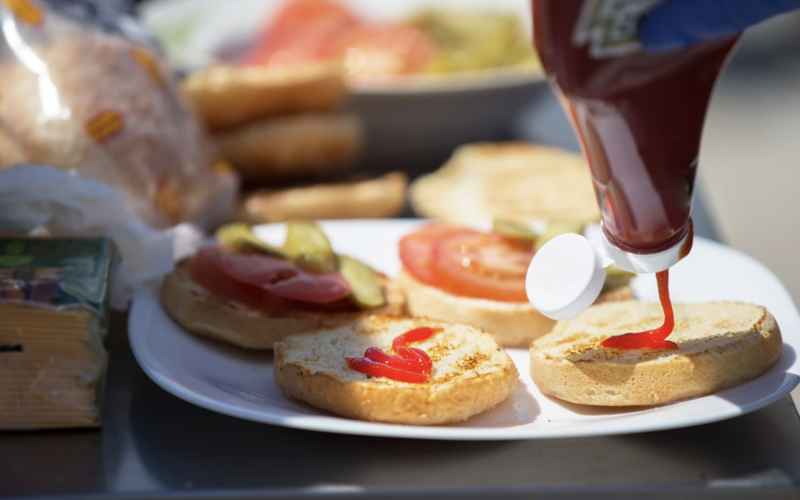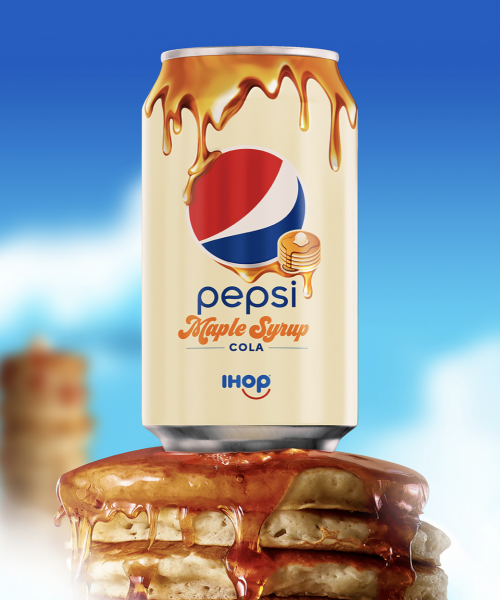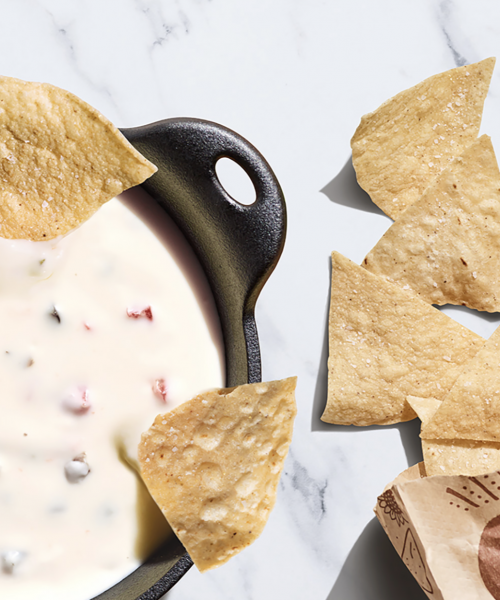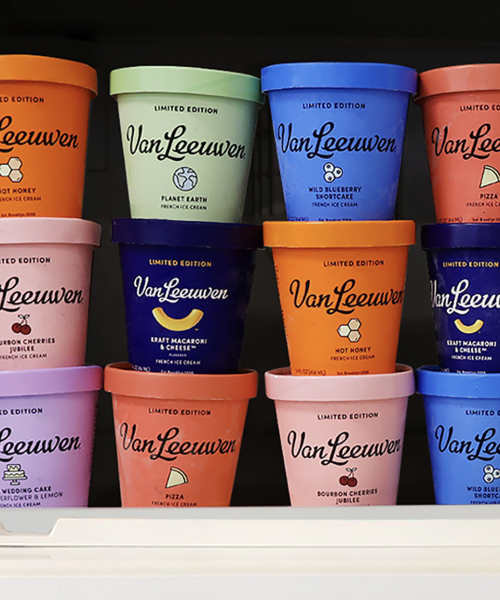By Tim Nelson | FoodAndWine.Com
Troy Warren for CNT
Plus, tips on how to successfully store them and keep track of their shelf life.
Summer cookout season is in full swing. And with everything that’s happened over the past 18 months, there’s a lot of reason to fire up the grill for some burgers and brats to celebrate the season and make up for the get-togethers we may have missed out on in 2020.
As you gather your supplies together, you might find yourself digging through the back of the fridge trying to figure out whether you need to buy some barbecue sauce, or if you can skate by with that bottle you bought and opened last spring. If that’s the case, you may want to learn more about the shelf life of your various condiments.
So without further ado, here are a few handy tips that can help you observe and extend the shelf life of your condiments, plus info about the life span of any open condiments you might be curious about.
Once You Open It … the Expiration Date Is Meaningless
Not unlike how a car depreciates in value from the moment you drive it off the lot, the clock on a condiment’s shelf life starts ticking as soon as it’s opened. While those “use by” or “best by” dates pertain to the peak quality of a product as determined by the manufacturer, they essentially become irrelevant as soon as the seal is broken. So if you were planning on forging ahead with that funky-smelling half-empty bottle of mustard just because the expiration date was still a week or two away, maybe pump the brakes before dousing your dogs.
Create Your Own Expiration Date for Open Bottles
As you’ll soon see, the effective expiration date for opened condiments are relative to when a given bottle was opened. While we all may think we have a perfect memory, you’ll save yourself a lot of aggravation down the line if you make a quick note of when you’ve opened a particular condiment.
Doing so is simple. The next time you open a condiment, use a little painter’s tape and a marker or pen to pop on a quick label onto the bottle mentioning the date it was opened as well as its new effective expiration date (based on the info you’ll find below). Now, you’ve got easy access to accurate info about how long you really have before the stuff in your fridge has before it goes bad.
When Storing in the Pantry, Placement Matters
While many open condiments benefit from refrigeration, there are a few that are shelf-stable enough that they don’t necessarily need to hang out next to your sodas or produce. However, not every cabinet is created equal. Keep these condiments in a cooler, darker space that won’t get too much direct sunlight (sorry, trendy transparent cabinets). Ideally, you’ll also want to store these away from the stove, dishwasher, or any other area of the kitchen that’s close to a source of heat. Keeping things as close to room temp is the goal here.
So How Long Do You Really Have Once a Certain Condiment Is Opened?
The good news is that the experts at Foodsafety.gov, which is managed by the US Department of Health & Human Services, have answers about the actual shelf life of any kind of open condiment you might be curious about available at their FoodKeeper App. It (along with Ohio State University Extension’s food storage guide) is a great storehouse of information about the shelf life of a wide range of foods, but here’s what they have to say about an array of condiments that you might be most curious about.
The timelines mentioned here all refer to refrigeration, but items that can be stored around room temp in the pantry are noted as well.
Bottled barbecue sauce: 4 months
Canned cranberry sauce: 1-2 weeks
Honey: 2 years in pantry
Balsamic vinaigrette: 18 months
Cooked gravy: 1-2 days
Horseradish: 3-4 months
Hoisin sauce: 3-6 months
Jams, jellies, and preserves: 6-12 months
Ketchup, cocktail, or chili sauce: 6 months
Cream-based sauces: 6-12 months
Chocolate syrup: 6 months
Maple syrup: 1 year (in the pantry)
Store-bought mayonnaise: 2 months
Mustard: 1 year
Jarred black and green olives: 2 weeks
Pesto: 3 days
Salad dressing vinaigrette: 4 weeks
Relish: 9 months
Salsa: 9-12 months (in pantry)
Soy sauce/teriyaki sauce: 1 month
Jarred spaghetti sauce: 4 days
Vinegar: 2 years (in the pantry)
Worcestershire sauce: 1 year (in the pantry)
So with all that in mind, it’s time to take inventory of the fridge and consider starting fresh when it comes to your condiments — especially if you find evidence of spoilage like mold or unpleasant odors. It may mean saying goodbye to some ketchup or mayo that you thought had a little bit of life in it, but with a new open-jar labelling system in place and the help from these shelf life guidelines, the good news is that your days of condiment concerns will soon be over.
In Other NEWS



































